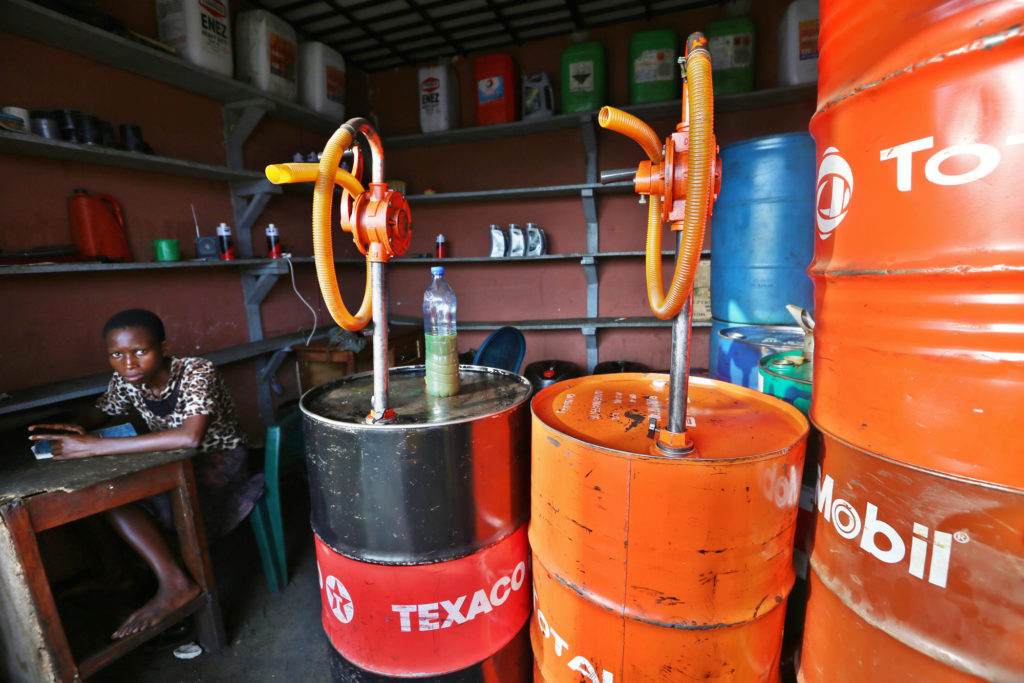
Oil rose on renewed optimism that production cuts announced by the OPEC+ coalition will rebalance the market, while a giant Libyan field remained shut and U.S. inventories were estimated to have shrunk.
Futures in New York gained 0.8 percent after slumping 3.1 percent Monday amid uncertainty over how the OPEC+ curbs would be implemented. Saudi Arabia has said it plans to slash output to about 10.2 million barrels a day in January, down 900,000 a day from November — a cut equivalent to the entire production of a country like Libya. Meanwhile Libya itself kept its largest oil field offline.
Crude has sunk about 30 percent from a four-year high in early October, with volatility reaching a two-year high last month. While analysts from Goldman Sachs Group Inc. to Morgan Stanley are optimistic the OPEC+ curbs will bring relief to the market, they’re concerned over the longer-term effectiveness of the pact. Consultant Petromatrix GmbH on Tuesday had a more positive view.
“Saudi Arabia is reducing its exports and it is less crude oil that will be available to the market,” said Olivier Jakob, managing director at Petromatrix in Zug, Switzerland. “For now it has been discounted, but when you add this to the disruptions in Libya, I think it can have an impact.”
West Texas Intermediate for January delivery rose 40 cents to $51.40 a barrel on the New York Mercantile Exchange at 11:20 a.m. London time, after tumbling $1.61 on Monday. Total volume traded was 34 percent above the 100-day average.
Brent for February settlement climbed 45 cents to $60.42 a barrel on London’s ICE Futures Europe exchange, after sliding $1.70 on Monday. The global benchmark crude traded at an $8.80 premium to WTI for the same month.
Libya declared force majeure at its largest oil field, Sharara, after an armed group forced a production halt. The shutdown will result in an output loss of 315,000 barrels a day, state producer National Oil Corp. said on its website.
Meanwhile in the U.S., crude inventories probably declined by 3.5 million barrels last week, according to a Bloomberg survey before government data Wednesday.
Other oil-market news: Following last week’s OPEC+ pact, Russia plans to remove 50,000 to 60,000 barrels a day in January, having agreed to reduce output by about 228,000 barrels a day over several months. The Cboe/Nymex Oil Volatility Index climbed more than 6 percent on Monday, after jumping by 93 percent in November. American drillers including Hess Corp. are planning to boost spending next year, while ConocoPhillips pledged to maintain its 2018 level. Since Canada’s top oil-producing province announced mandatory output curbs on Dec. 2, the spot price of Western Canada Select crude has surged more than 70 percent.
Recommended for you
